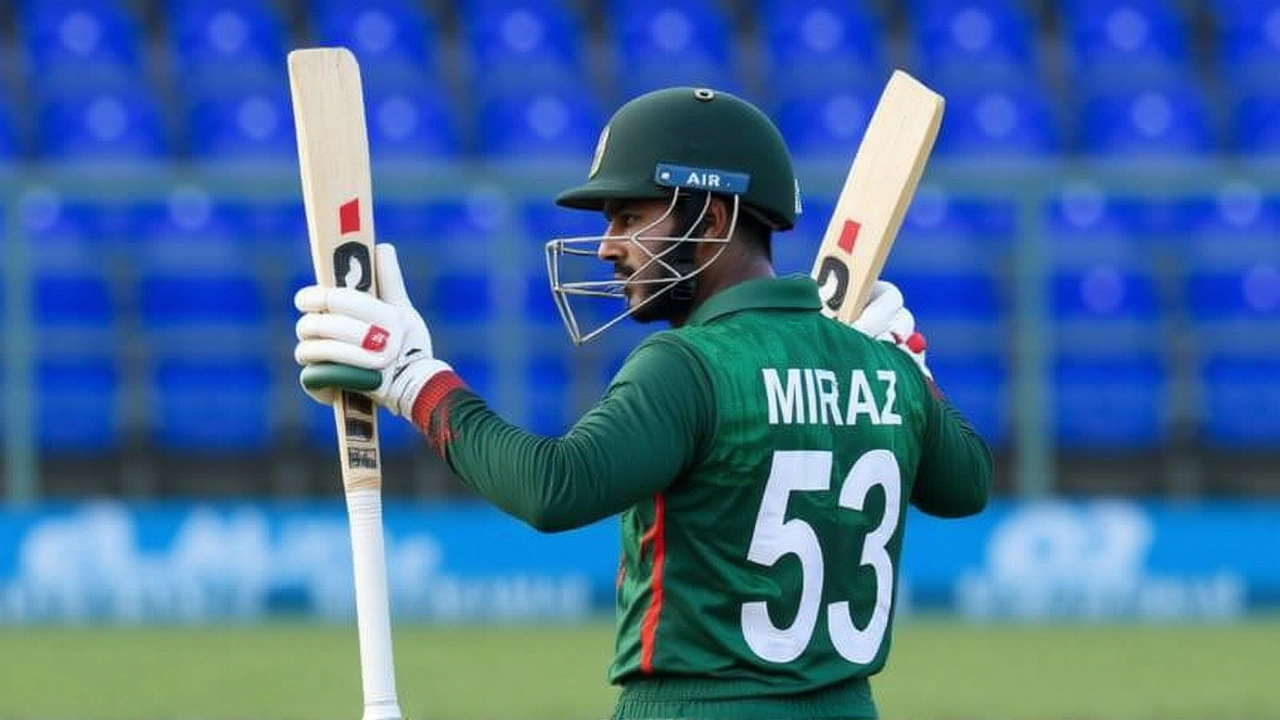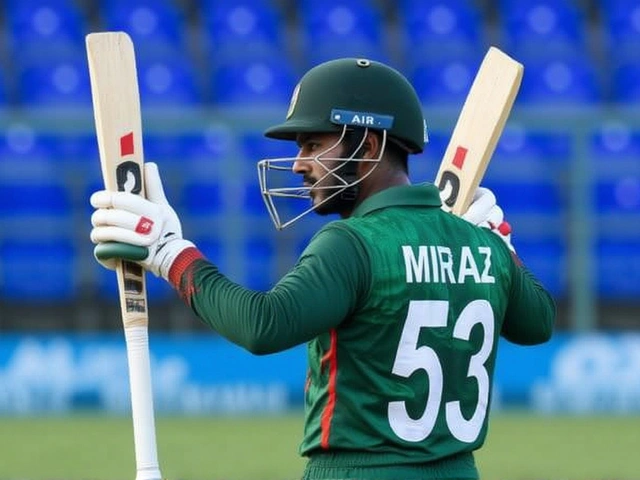Sri Lanka series – the pulse of Asian cricket
When talking about the Sri Lanka series, a set of high‑stakes matches that pit Sri Lanka against its regional rivals in major tournaments. Also known as Sri Lanka cricket series, it brings together fans, players, and analysts who crave every run and wicket. The series is a key chapter in the broader Asia Cup, the premier competition for Asian cricket nations and often determines who advances to the coveted Super 4, the round‑robin phase where the top four teams battle for the final. Understanding this ecosystem helps you follow the action, predict outcomes, and appreciate the stakes each time the Sri Lankan side steps onto the field.
Key components that shape the Sri Lanka series
The Dubai, the host city for the final showdown of the Asia Cup plays a huge role. Its stadiums offer fast pitches that favor aggressive batting, while the desert climate tests bowlers' stamina. The city’s logistics also affect fan turnout and broadcast quality, influencing how the series is consumed worldwide. Another vital piece is the lineup of opponents – India, a cricket powerhouse with a deep talent pool, Pakistan, known for its fierce bowling attack, and Bangladesh, an emerging side hungry for its first title. Each match in the series creates a web of tactical decisions, from batting orders to spin variations, that fans and pundits dissect for weeks.
From a strategic viewpoint, the Sri Lanka series encompasses several semantic relationships: it requires top‑level preparation from players, it influences the ranking points across the Asian cricket board, and it drives media coverage that fuels sponsorship deals. The tournament’s format demands consistency – win three out of five matches in the Super 4 to secure a final berth – making every run count. This pressure cooker environment also showcases emerging talent, turning unknown domestic stars into household names overnight.
Fans often wonder how the series impacts broader cricket economics. Ticket sales in Dubai surge during the final, boosting local tourism, while broadcasting rights generate millions for the participating boards. Meanwhile, the performance of Sri Lanka’s squad can affect its ICC ranking, which in turn determines future match fees and invitation to exclusive leagues. In short, the Sri Lanka series is not just a set of games; it’s a catalyst for financial and reputational growth across the cricketing ecosystem.
Looking ahead, the schedule packs intense action: the round‑robin stage runs from September 20‑26, with each team playing four matches. The final, slated for September 28, promises a climactic showdown that could crown a new champion or cement an existing dynasty. As the series unfolds, expect tactical shifts – like spin bowlers exploiting Dubai’s turning tracks or teams rotating key all‑rounders to manage fatigue – that add layers of intrigue for analysts and casual viewers alike.
Below you’ll find a curated collection of articles that break down the Sri Lanka series from every angle – match previews, player profiles, betting odds, and post‑match analyses. Whether you’re a die‑hard fan tracking every boundary or a newcomer wanting a quick rundown, the pieces below will give you the context and insights you need to stay ahead of the game.
Mehidy Hasan Miraz Takes Over as Bangladesh ODI Captain Ahead of Sri Lanka Series
Mehidy Hasan Miraz named Bangladesh ODI captain for a year, taking over from Shanto ahead of a Sri Lanka series, as the team eyes ranking climbs and upcoming tournaments.





